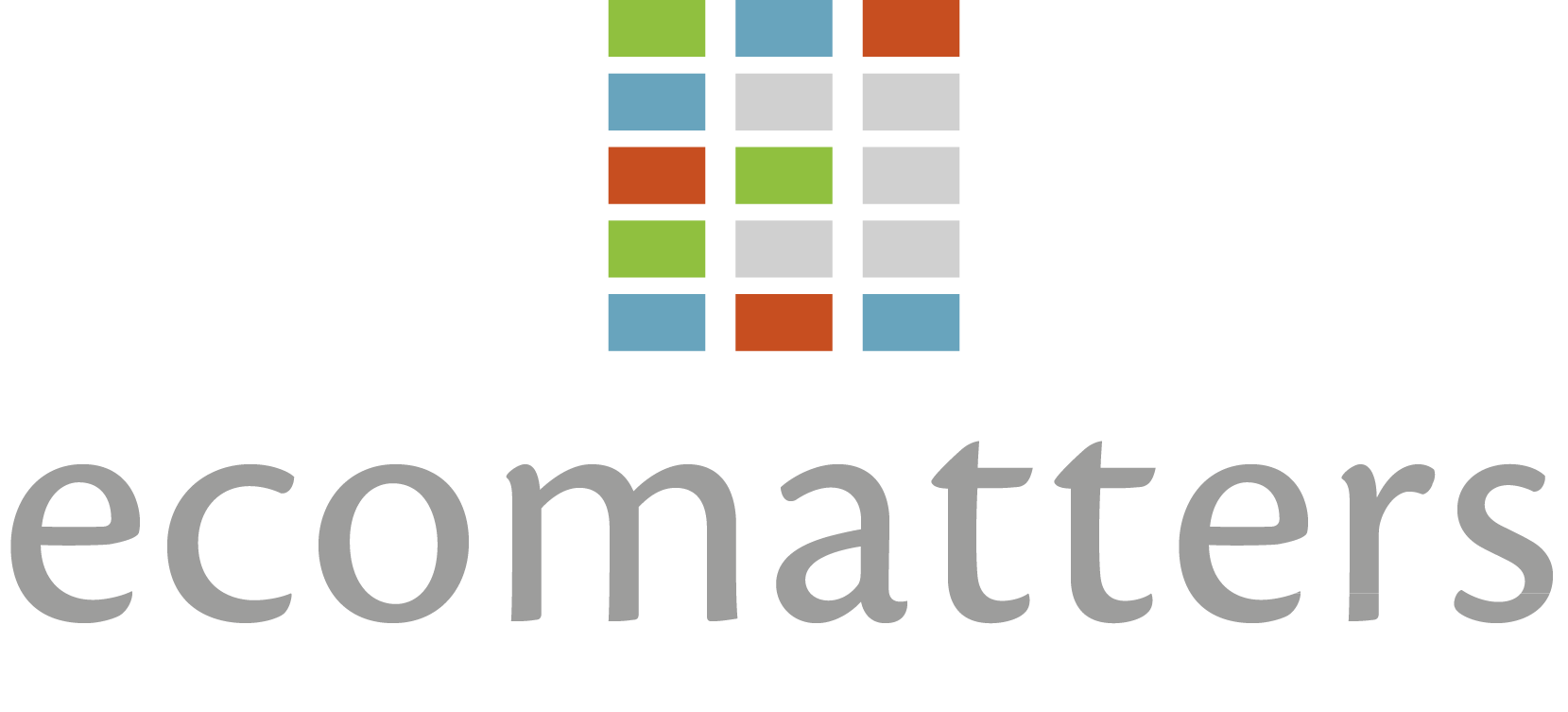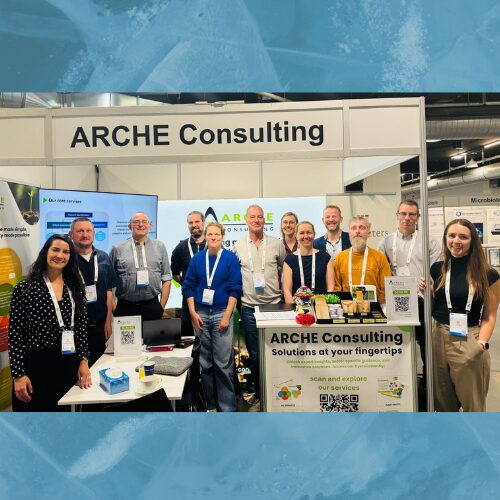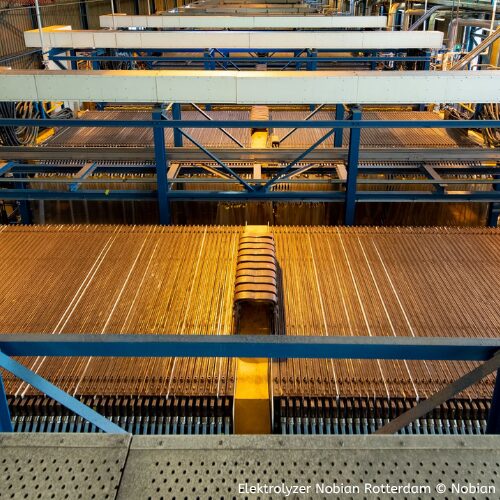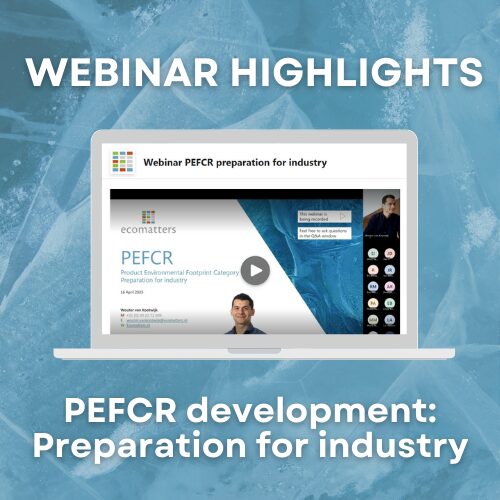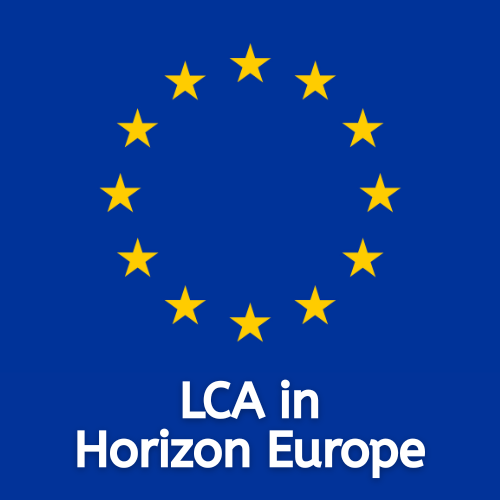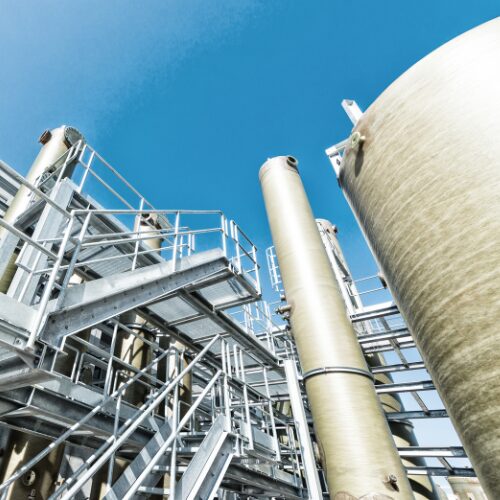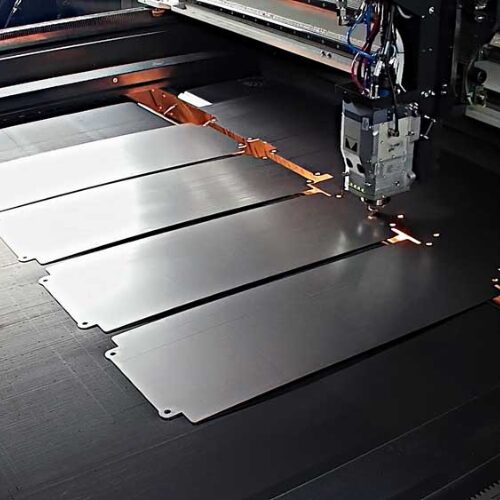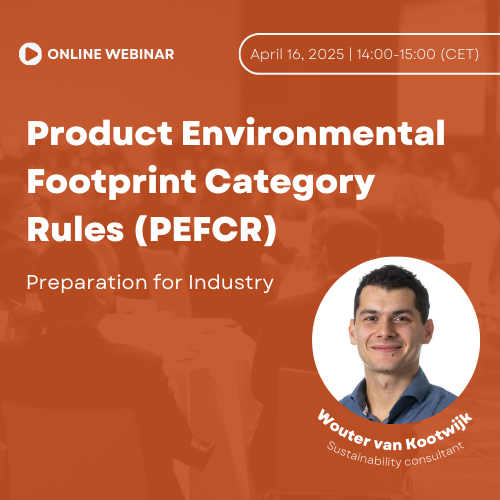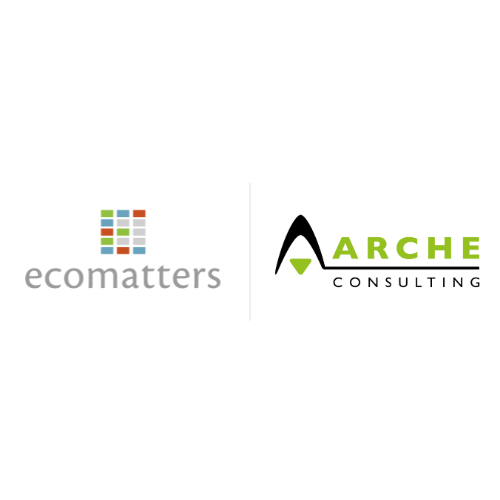According to the waste management hierarchy, reuse is the third option, right after prevention and reduced use. Recycling is positioned further down the ladder, why then is this latter more commonly seen in the regulations and guidelines?
Design for reuse
When researching the reuse of products, it can be observed that recyclability receives more attention than circular approach reuse strategies. While recyclability is an important aspect to keep in mind during product design since recycling recovers the value of materials at the end-of-life stage. Reuse however ensures the maximum potential of materials beyond just using them in their first life cycle. By designing re-usable products, we also save the energy and resources that would be spent for producing single-use items, their disposal and end-of-life processing.
The eventual re-usability of a product is determined in an early phase of design. At that moment a designer has to make a lot of choices which has implications for the products’ use and disposal. For a product to be fit for reuse, it has to be reliable, durable, often lightweight, and able to preserve quality, therefore the choice of material is crucial. Considering modular design provides further advantages by making repair, refurbishment, and, in the end, also recycling easier. Some applications require special qualities for product protection, for example, watertight containers for liquids. To nudge the customer into reusing the product, it needs to be convenient to use and to have a good visual appearance to incentivise customers’ loyalty to the product.
Principles of recyclability should still be included in design for reuse since the product will eventually reach the end-of-life and its treatment should result in material recovery for further use. Therefore, product designers should avoid using hazardous and harmful substances and multiple materials.
Obstacles to implementing multi-use products and packaging
So far, we have come across several obstacles for the implementation of reusable solutions on a large scale.:
- There is a gap in regulations. Clear targets for reusable products are missing in legislation and without the push from governments, it is difficult to accelerate the transition from single-use to a circular economy.
- Financial support to boost the reuse business models is underdeveloped, making it difficult for the entrepreneurs to deliver on the targeted transition. Reuse systems are quite complex to implement successfully as this requires the involvement of parties from the entire value chain of the product to come together. The customers’ engagement and involvement are important elements of reuse schemes and consumers need to have the incentive to participate.
